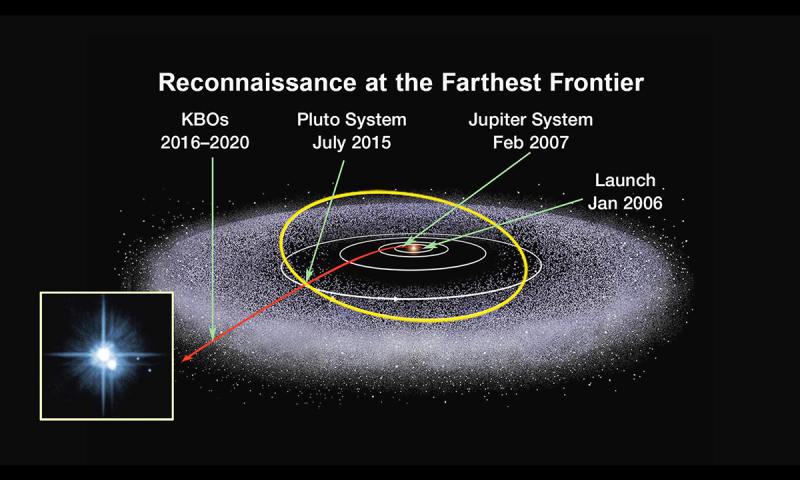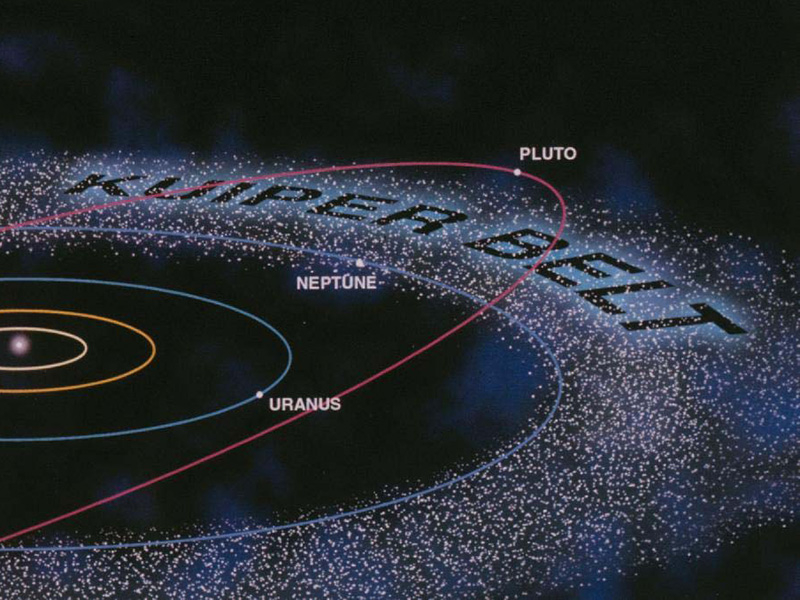The Kuiper Belt

Short-period comets are thought to originate from the Kuiper belt, which is another significant collection of frozen bodies in the Solar System, but long-period comets may be explained by the Oort cloud. The Kuiper belt, named for one of the most important planetary scientists in history, Gerard Kuiper, may be the greatest structure in the Solar System after the Oort cloud.
Due to the fact that all Kuiper Belt Objects, or KBOs, are located in a remote area of the solar system and cannot be explored, it is also one of the most enigmatic. Many of them contain components that date back to the early stages of the Solar System's formation, and some of them even have their own moons!
The diversity of colors we notice whenever we take pictures of those objects, though, remains the Kuiper belt's greatest mystery. Even though they should ideally be a single pixel of color due to the distance, all of the about 1,000 KBOs that we have shot so far appear to emanate a variety of hues, ranging from blues to whites to reds. As biological stuff tends to glow red in observations made from a distance, it could be a natural outcome of volcanoes, cosmic rays, or a variety of other plausible causes. However, it could also be an indication of early beginnings of life.











